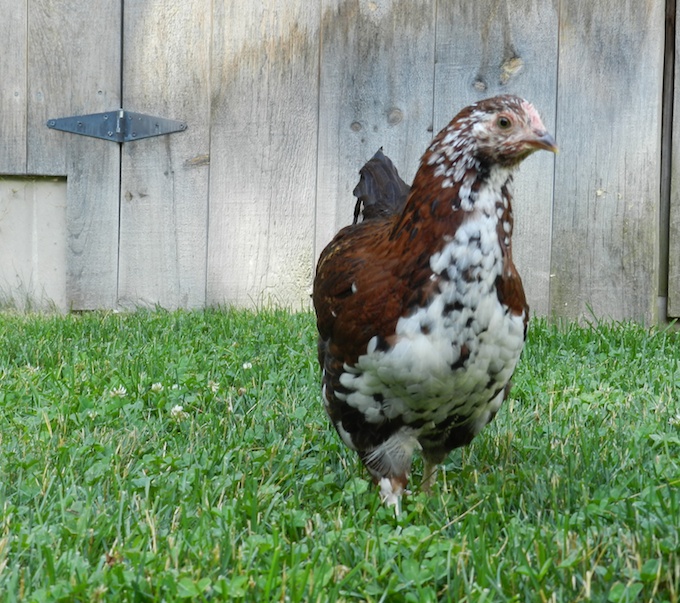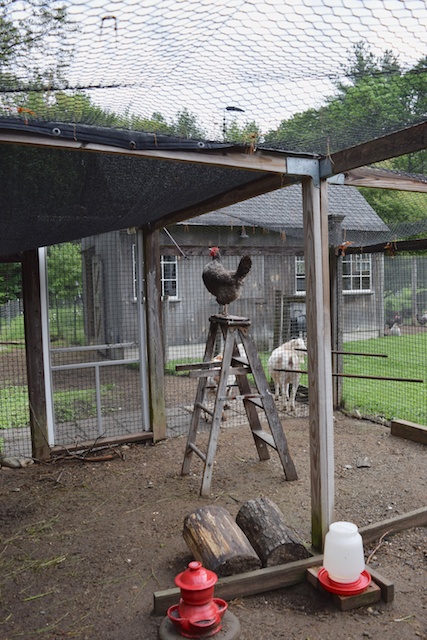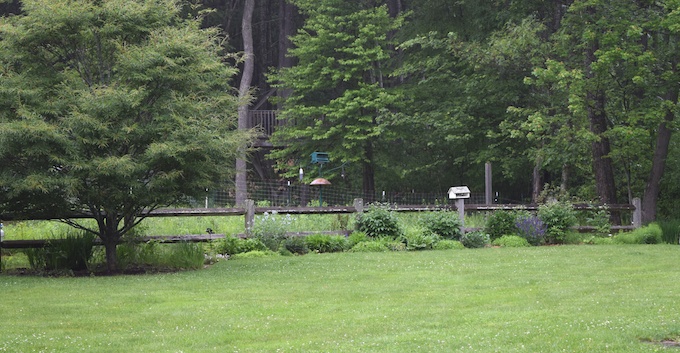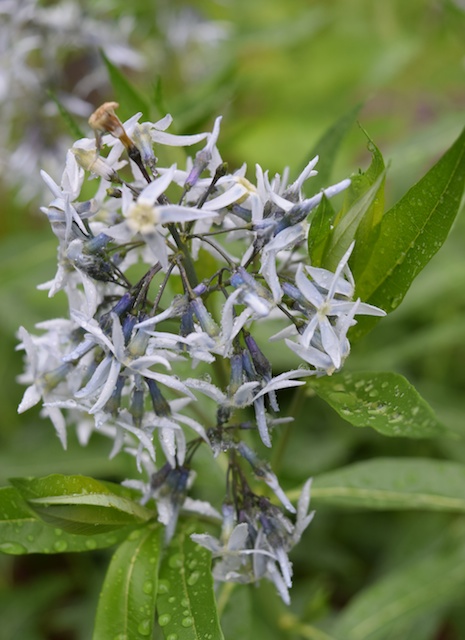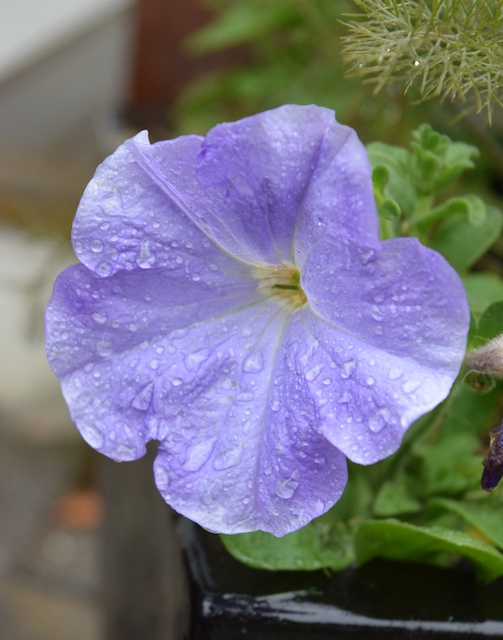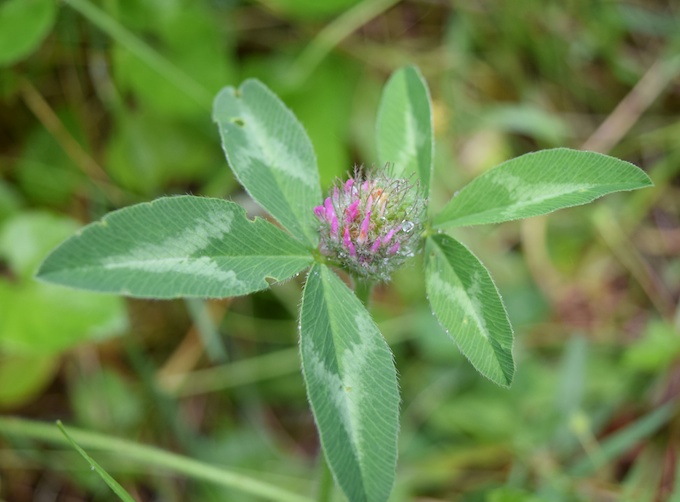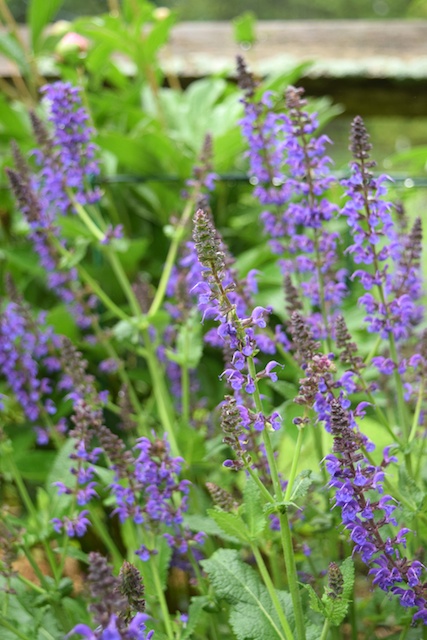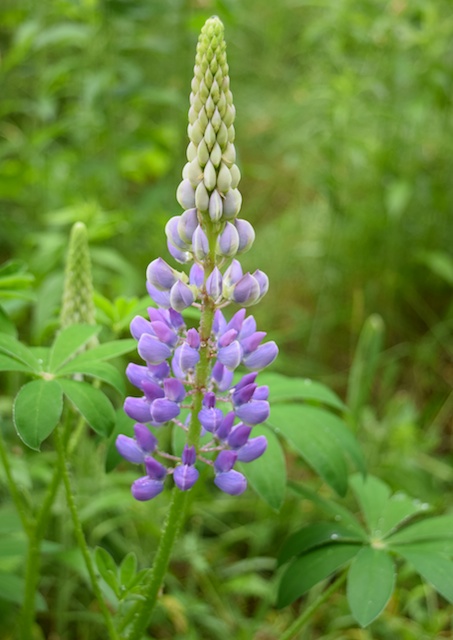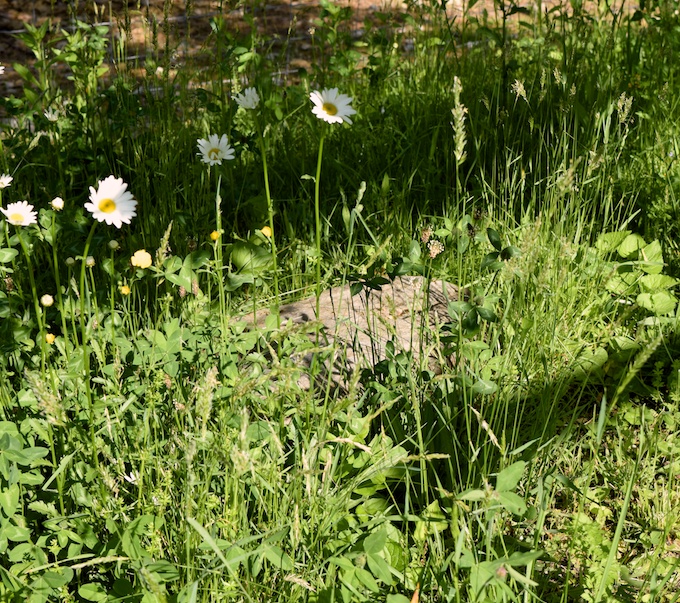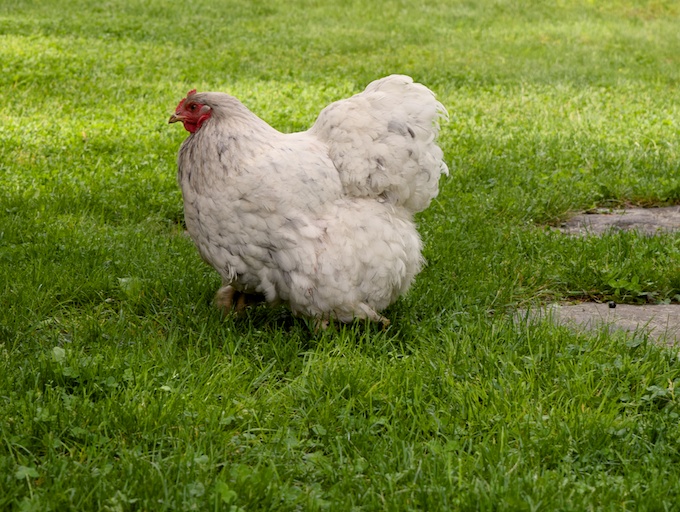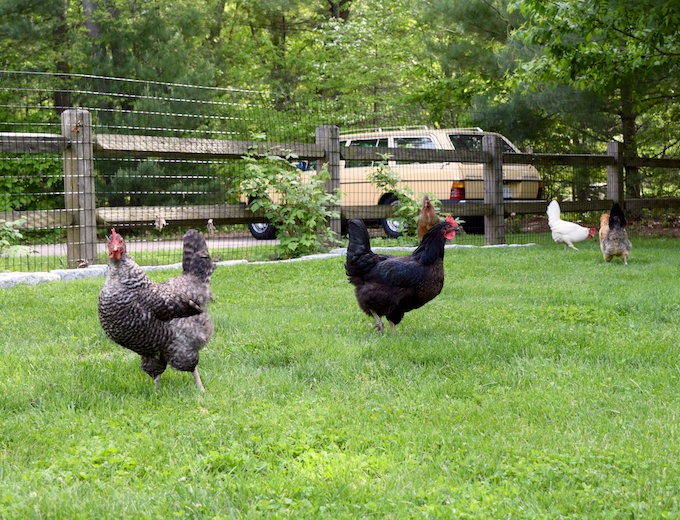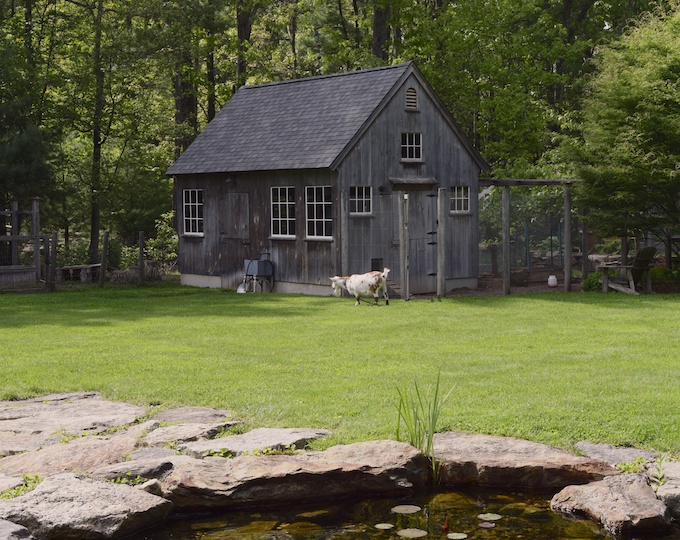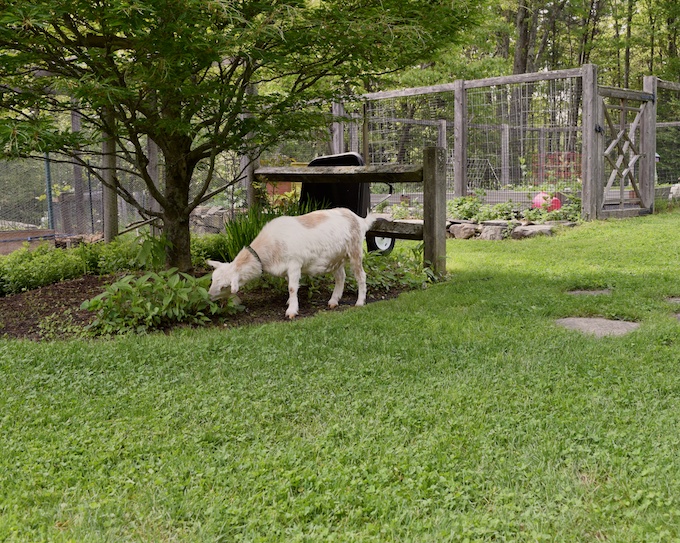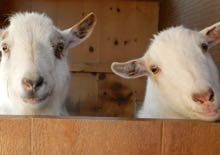The CDC has issued a warning about a salmonella outbreak coming from Mt. Healthy Hatchery. This is the same hatchery that salmonella outbreaks were traced back to in 2012 and 2013. There are many strains of salmonella. The ones coming out of Mt. Healthy sicken humans. This time, no one died, although of the 126 reported cases, 35% ended up in the hospital. It’s serious. It’s also a problem that’s hard to fix at the source. Most of the huge mail-order hatcheries don’t actually raise all of the chicks that they sell. They are distributors for smaller producers. That’s how a company like My Pet Chicken can offer so many rare breeds. They either get in hatching eggs, or they get in the chicks and then ship them out again. With eggs and breeding stock being sourced from multiple farms, it’s just about impossible to eliminate all risk. Mt. Healthy seems to have more trouble than other suppliers at controlling salmonella. Given a choice, I’d use another hatchery when stocking my flock.
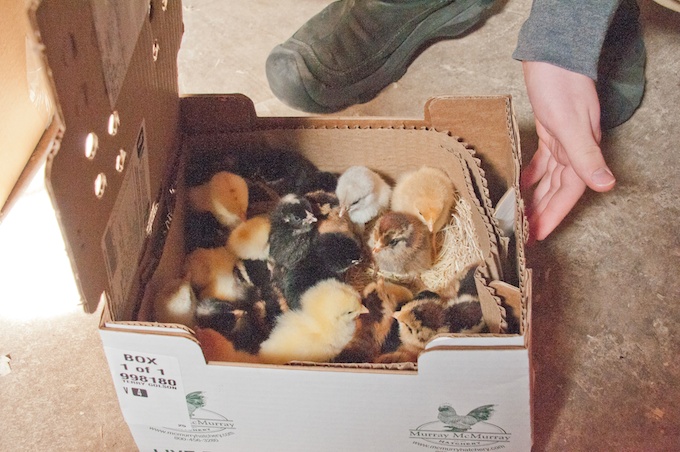
It’s essential to recognize that as fluffy and adorable as day-old chicks are, that they can carry bacteria. But, chicks aren’t lethal fuzzy balls. Salmonella is transmitted to humans via the chick’s manure. All you have to do to protect yourself is to:
1. Keep the brooder somewhere other than your house! Chicks kick up dust. You don’t want bacteria-laced film coating your kitchen surfaces.
2. Do NOT kiss your chicks.
3. After handling the chicks, wash your hands.
4. Dispose of manure properly. The germs die off in fresh air and sunshine. You can compost the waste in a far corner of your yard (in a container that your dogs won’t roll in!) You can bag it and throw it out.
I’ve been hearing from worried owners of chicks purchased from Mt. Healthy. (Mt. Healthy supplies many feed stores with chicks; you should always ask which hatchery the birds came from.) There’s been a lot of misinformation going around. People are being told that once infected, always infected. That you’ll never be able to integrate the Mt. Healthy chicks in with your flock. That the best thing to do is to either permanently quarantine the Mt. Healthy birds, or to cull (kill) them. Some people have been advised to cull their entire flock, since they were all exposed, and to start over! I wanted to know if there was any science behind this advice. I called the USDA. I called my state Department of Agriculture. I talked to the poultry expert, to the state epidemiologist and to the state employee who goes farm to farm, testing flocks for communicable diseases. I read the literature.
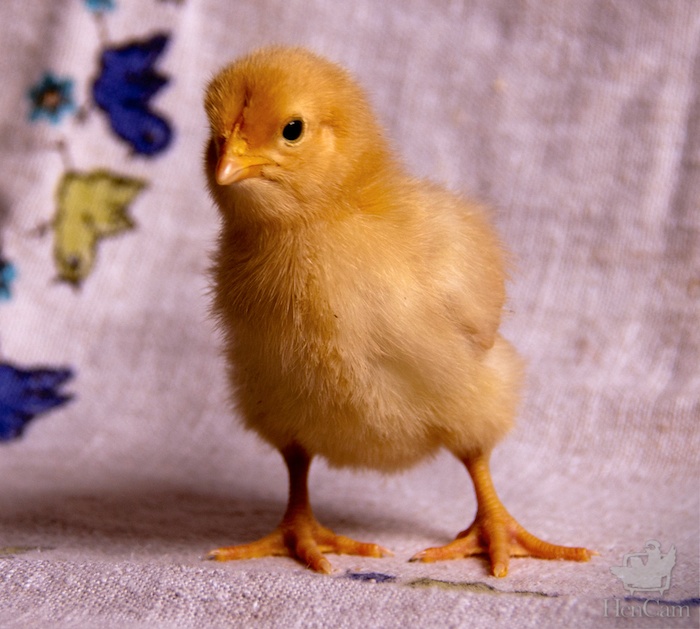
It really comes down to commonsense.
All animals carry bacteria, viruses and parasites. Good management keeps the load down so that there is minimal health risk to both the animals and their owners. Because industrial agriculture models don’t have good management – animals are crowded, stressed, and fed poorly – bacterial load can quickly escalate. One sick animal means that everyone becomes ill. These farmers use an “all in, all out” model, which is when all of the animals arrive together, are kept for a short time, and then harvested. The empty barns are disinfected, and a new flock moves in. Not only is this impossible to do in a backyard set-up, it’s unnecessary.
Most birds are carriers of one disease or another. They don’t show any symptoms, but they harbor pathogens. When stressed, they still don’t look sick, but they do shed germs. That’s why you can purchase what looks like the healthiest hen at a poultry show, bring her home, and within days, all of your other chickens become ill. If you quarantine the newcomer for about a week, hopefully she will settle in, stop shedding the germs, and she can be added safely to the flock. On the other side of things, your birds, over time, have been exposed to countless pathogens, and these germs lay in wait in the surroundings. Slowly acclimatizing new stock, including chicks, to their surroundings helps them to develop immunity.
The reason that our flocks remain healthy despite harboring all sorts of germs and creepy-crawlies is because, with good management, we can keep the load down. We do this by removing manure, sweeping away dust and cobwebs, and providing housing with ventilation Good food boosts immunity. Of utmost importance is fresh air and sunshine, which kills pathogens. Even if your chicks came with bacteria in their guts, their load will dissipate. It won’t cause a problem for them, for your older hens, or for you (although, always wash your hands after taking care of your flock!)
If I had purchased Mt. Healthy chicks, I would keep their brooder scrupulously clean. I’d wash my hands each time after handling them. As soon as possible, I would get them outside onto ground that the rest of my flock doesn’t free-range on. I’d let them grow to be big and healthy. And then I’d integrate them into my flock.
